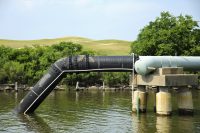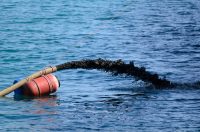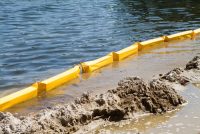4 Tips for Making Friends with EPA’s Citizen Cops
Let’s face it. If someone in your community has a complaint about your facility, you would much rather hear from them than having the EPA alerted first. It’s all about communication. We’ve discussed some of these ideas before, but some of them bear repeating. These tips can help you in developing an open relationship with […]










